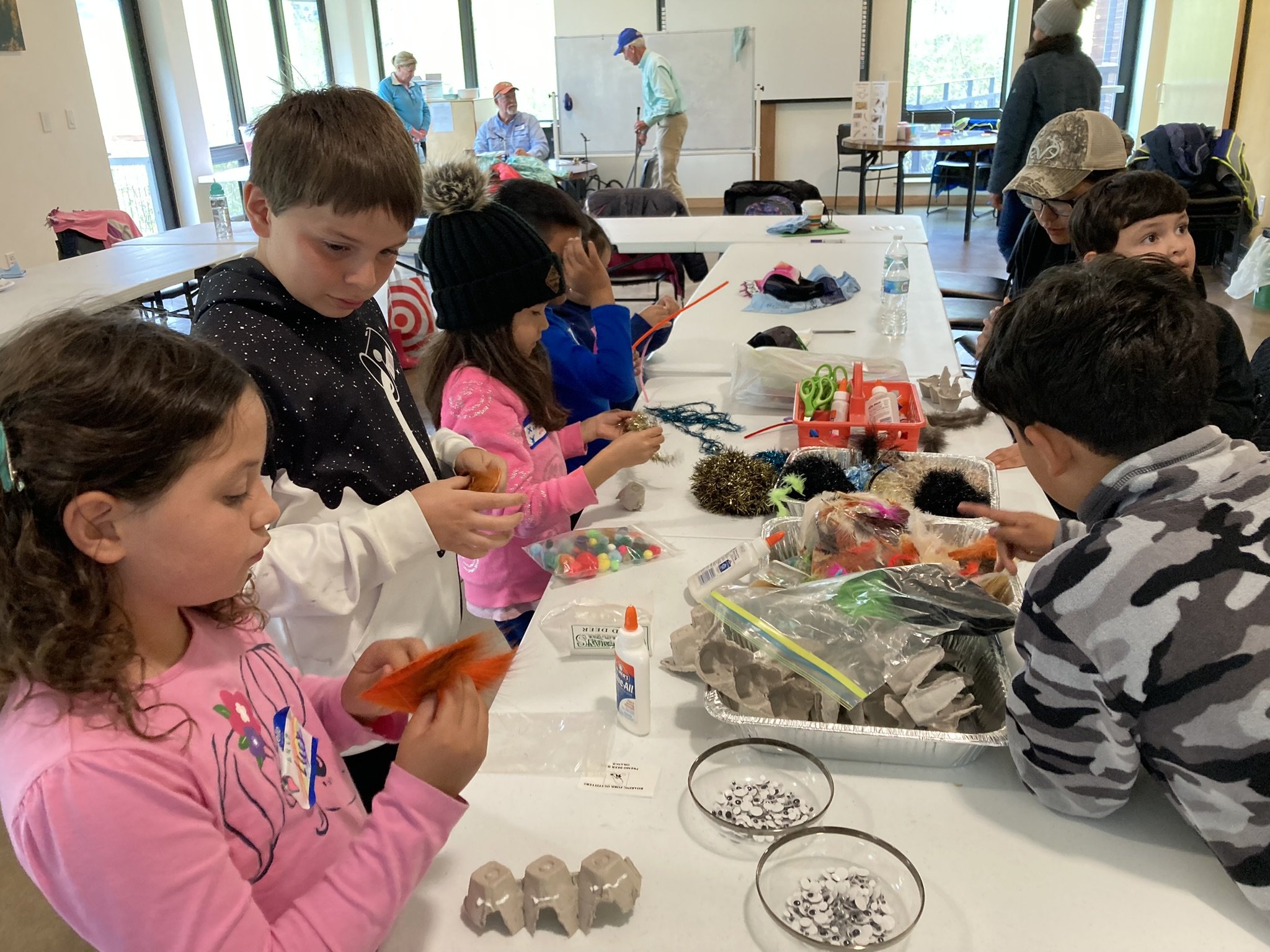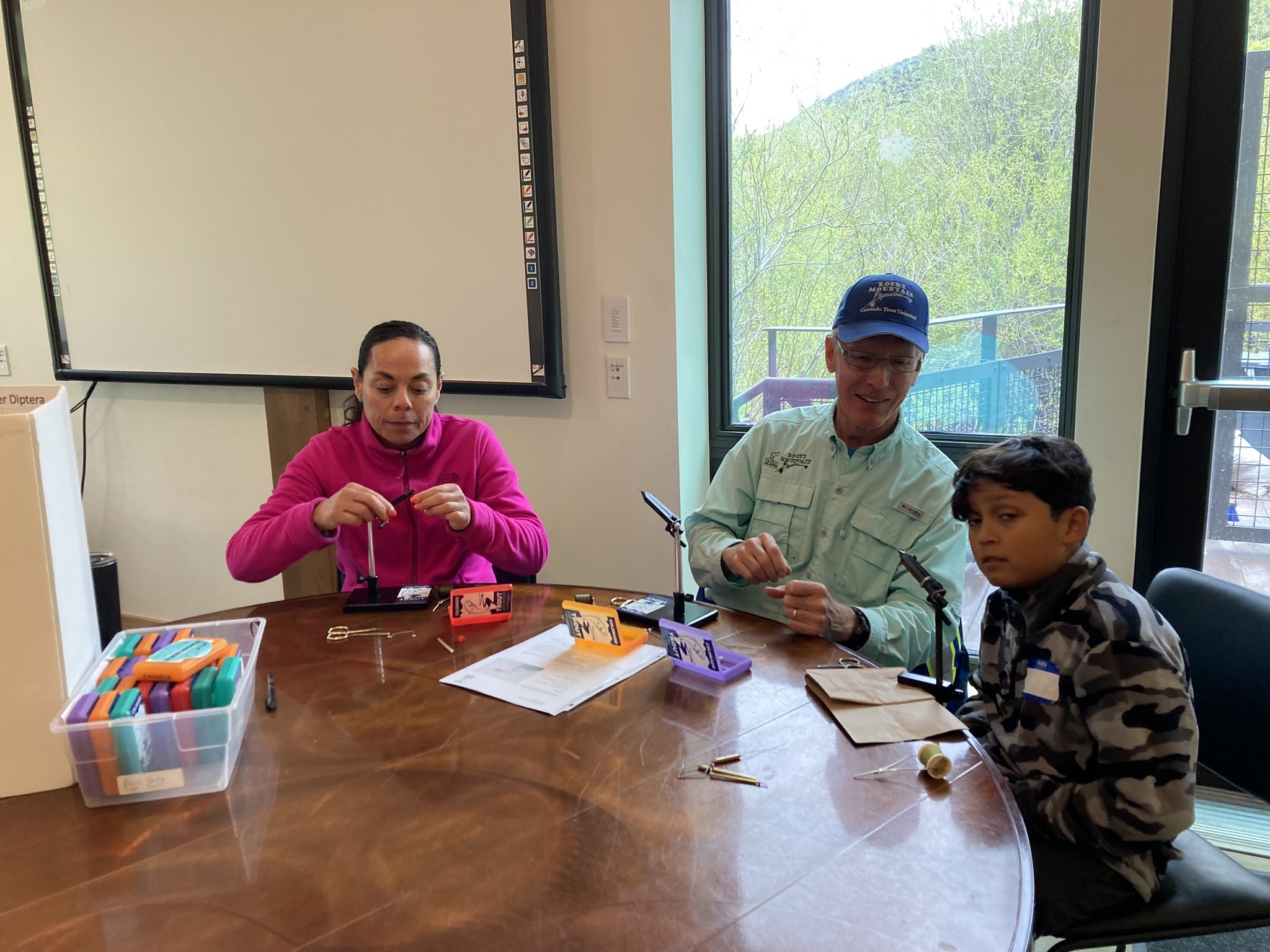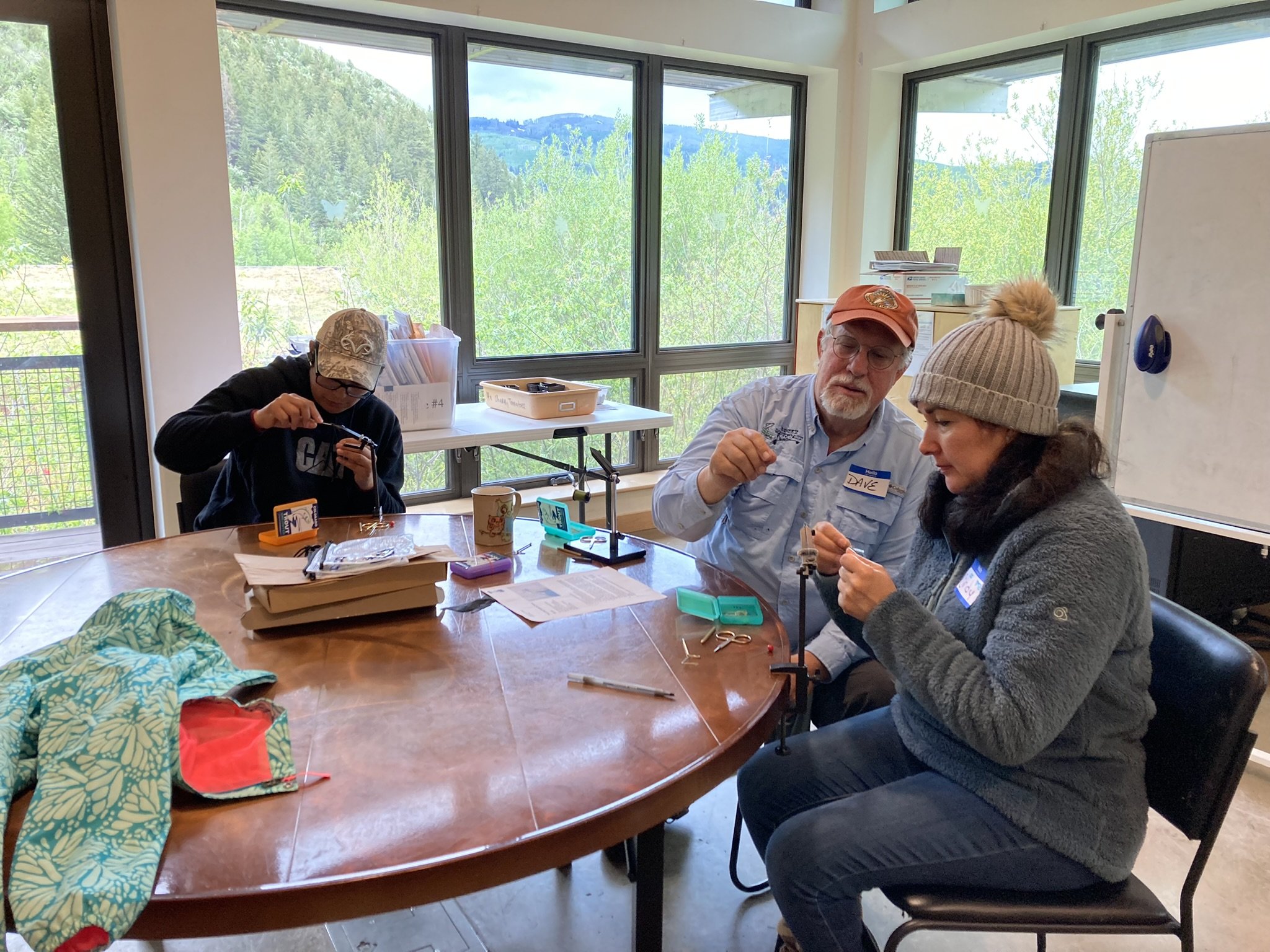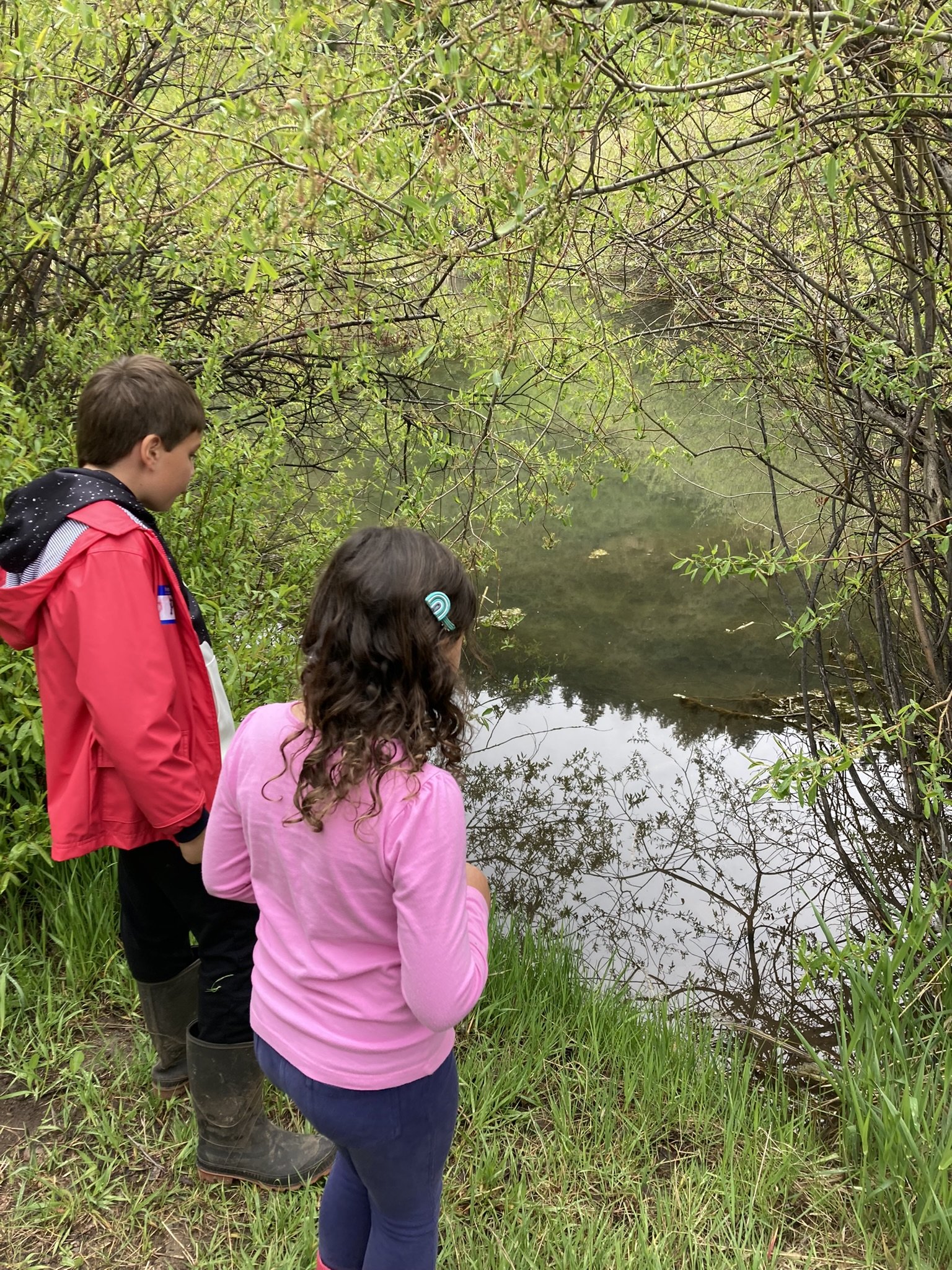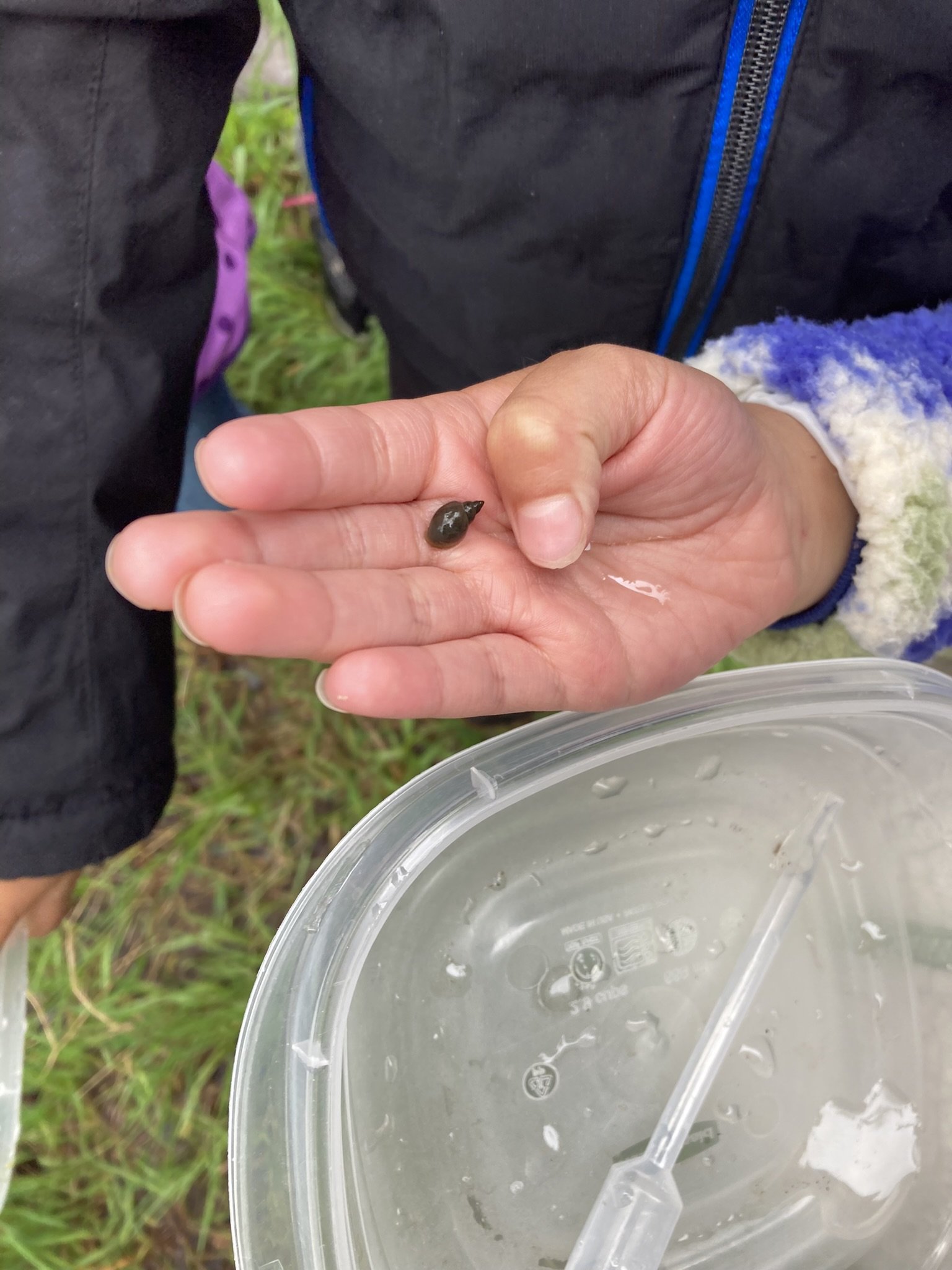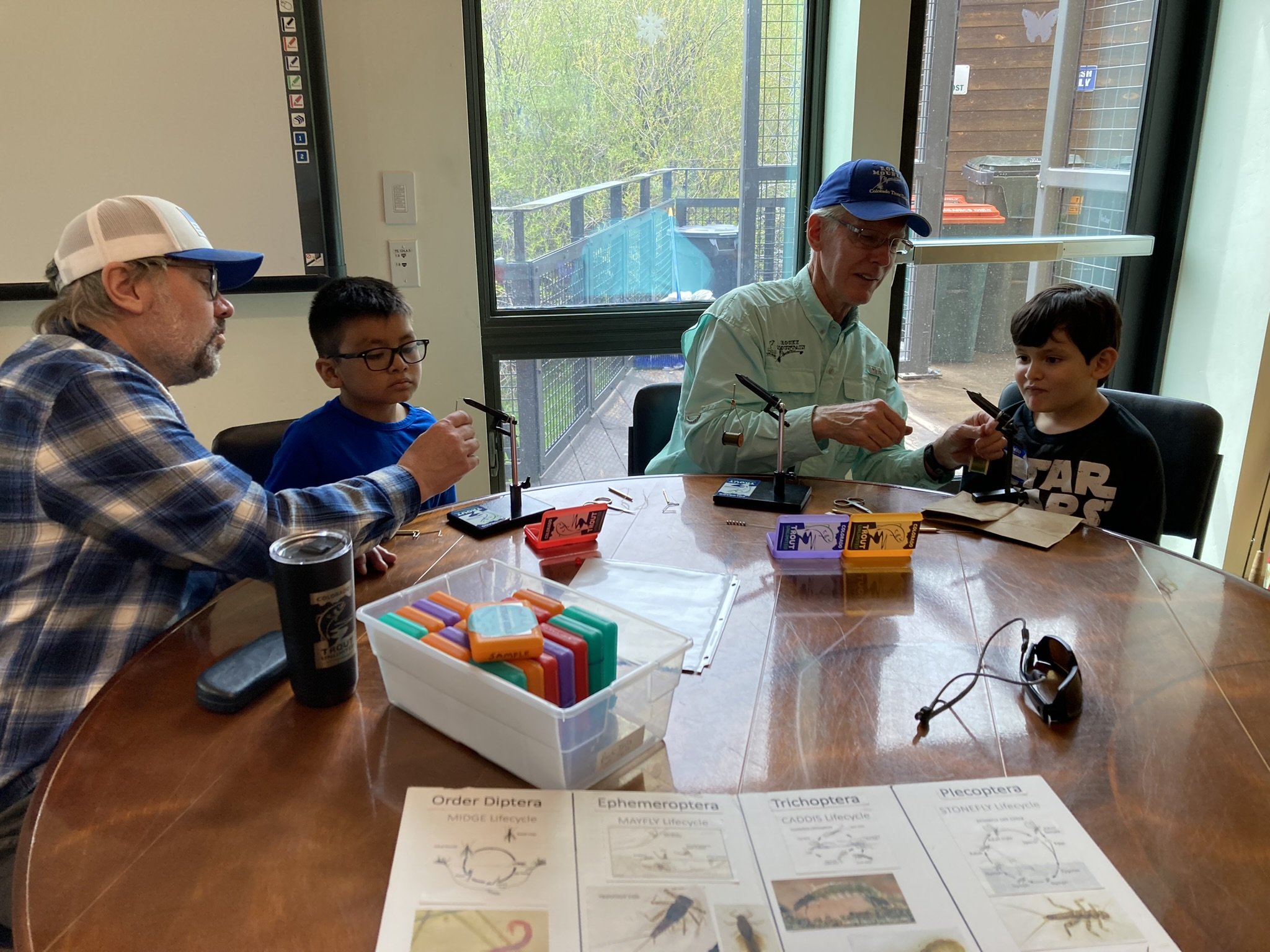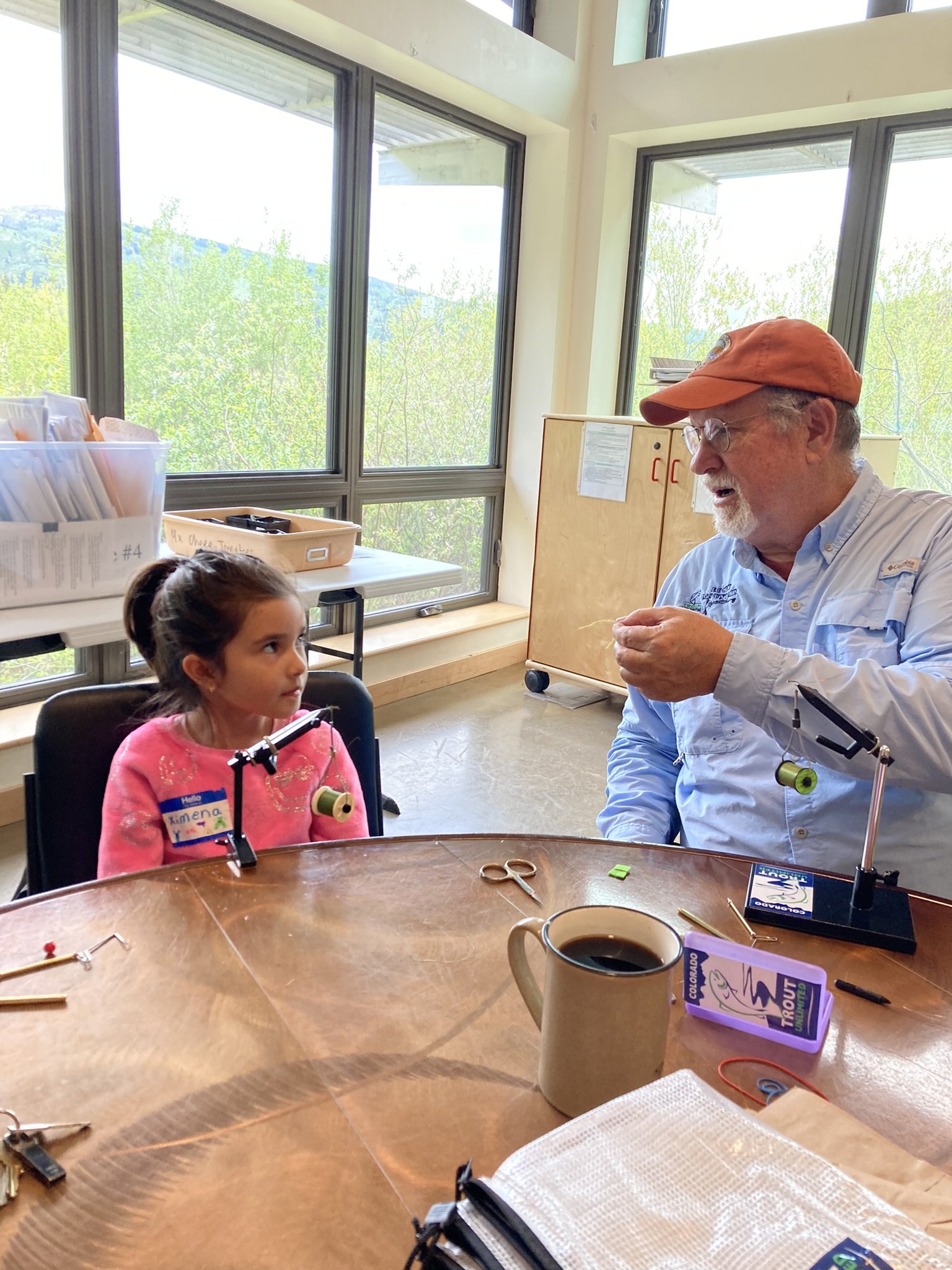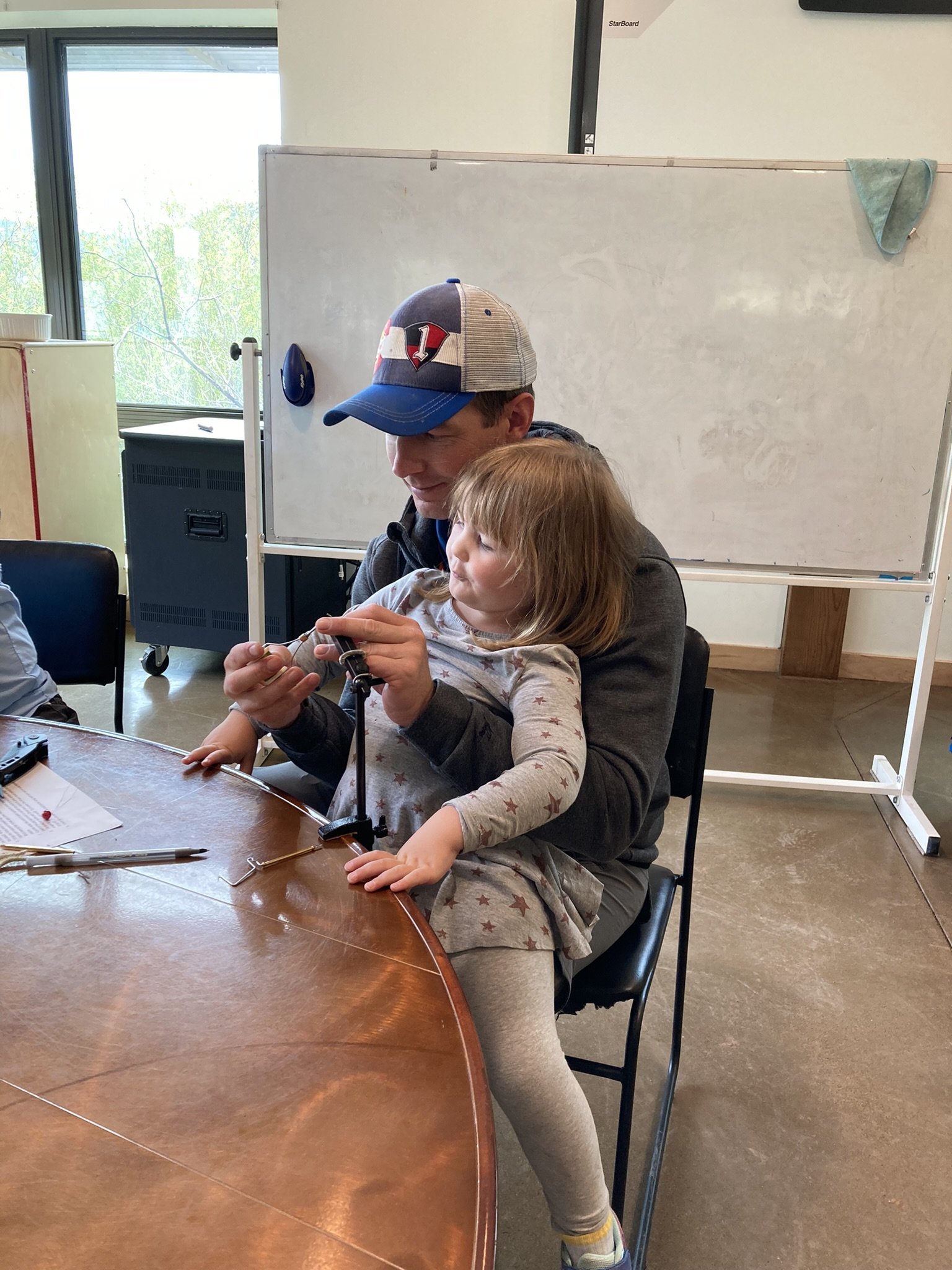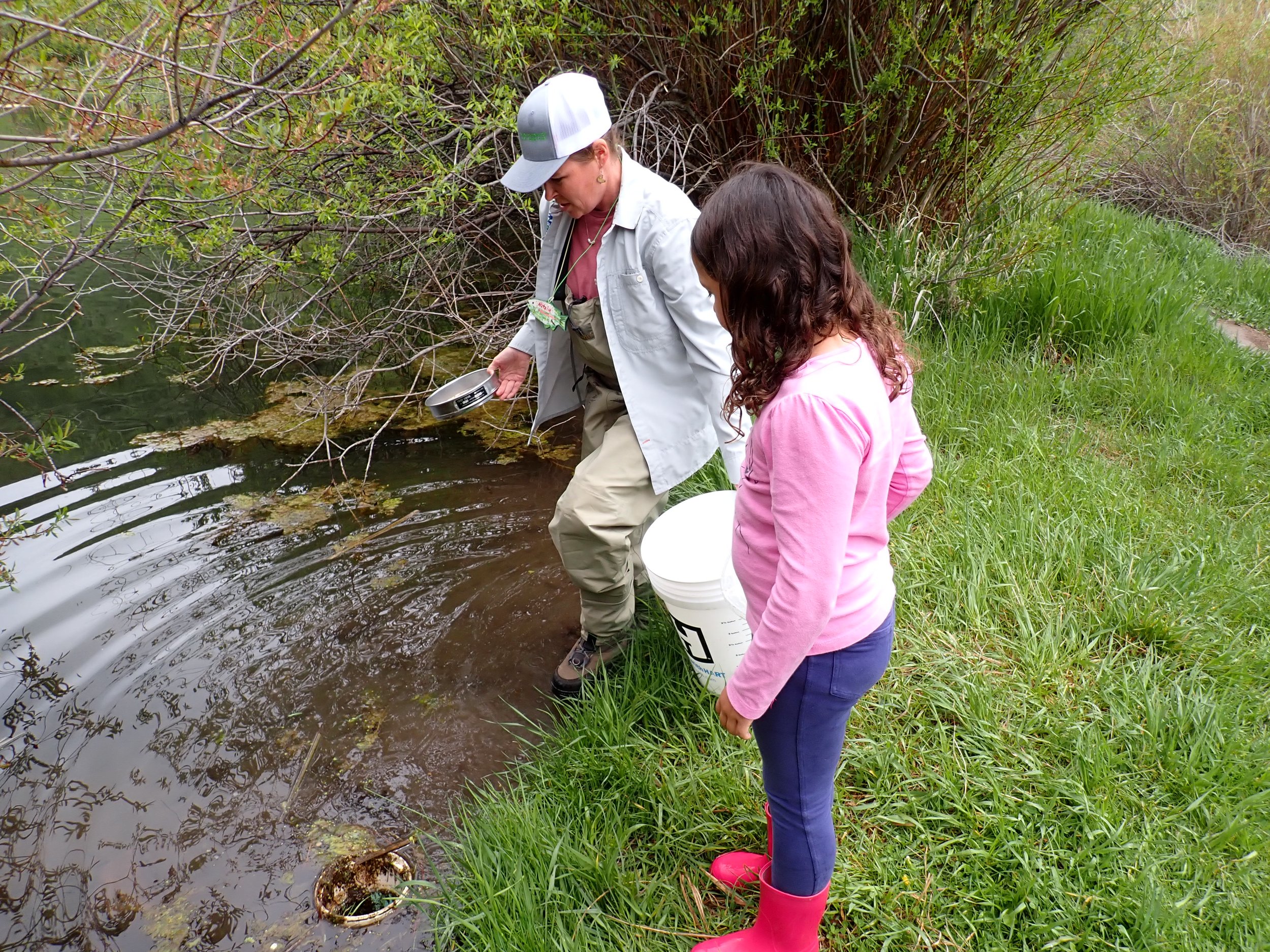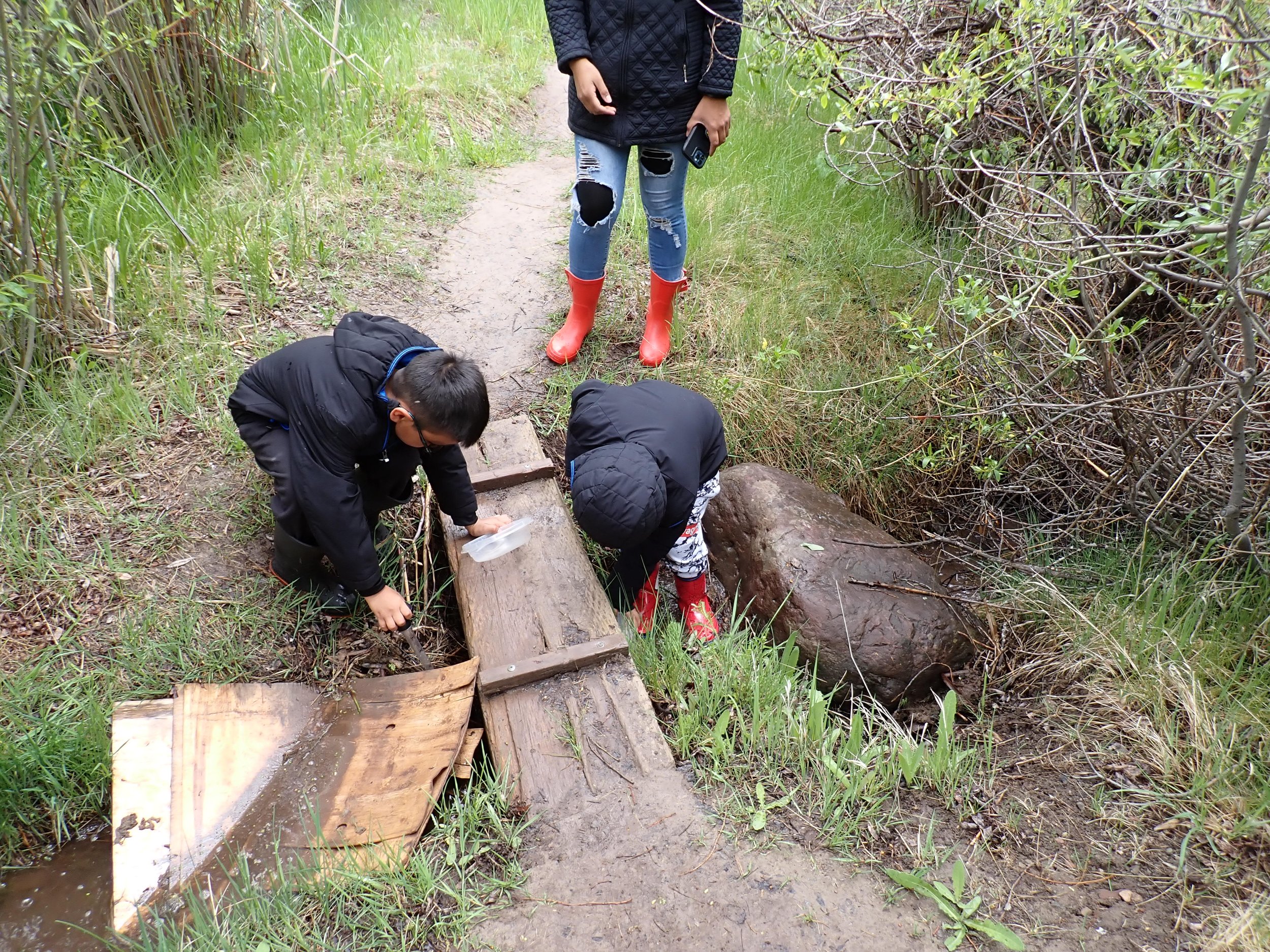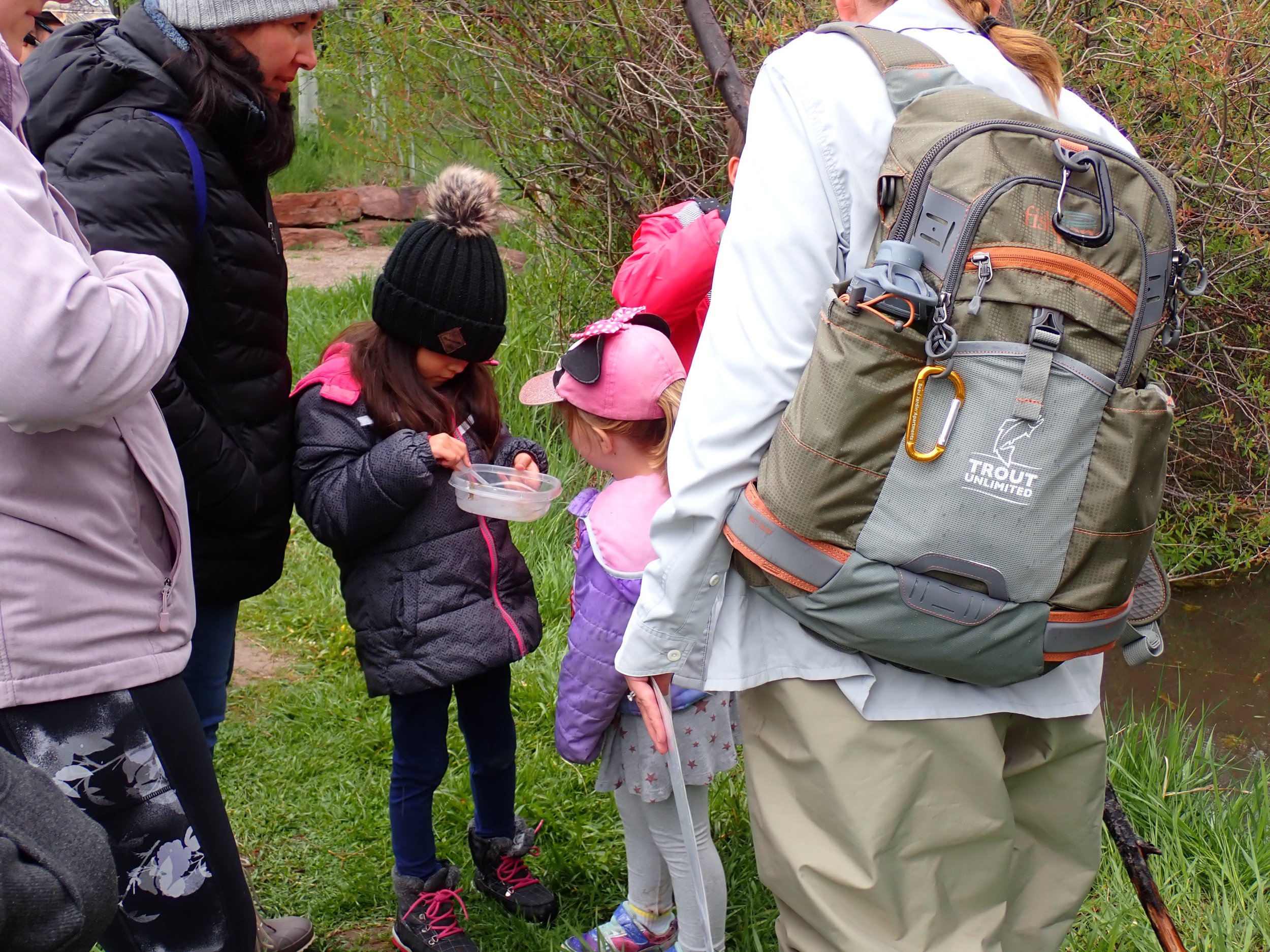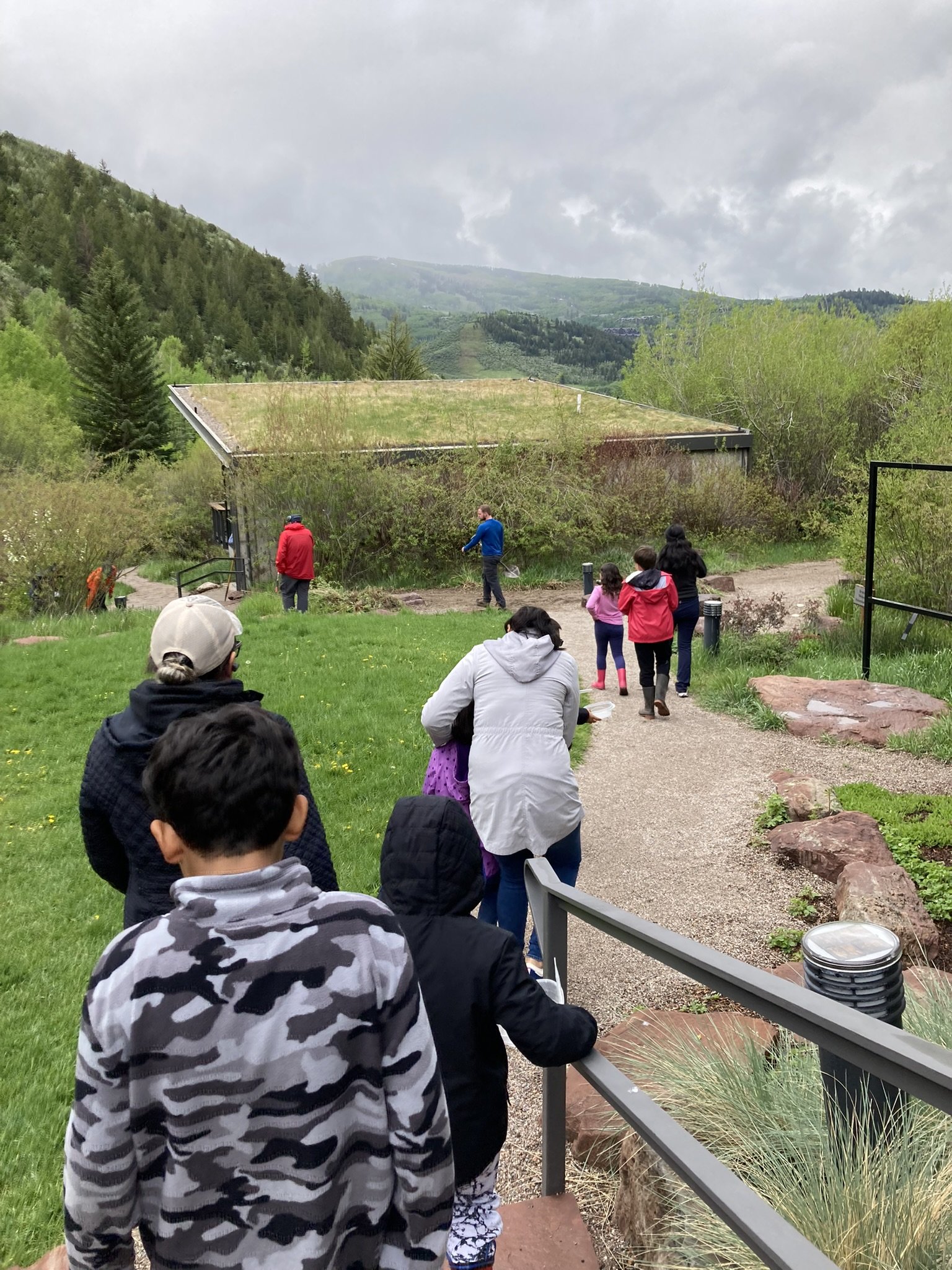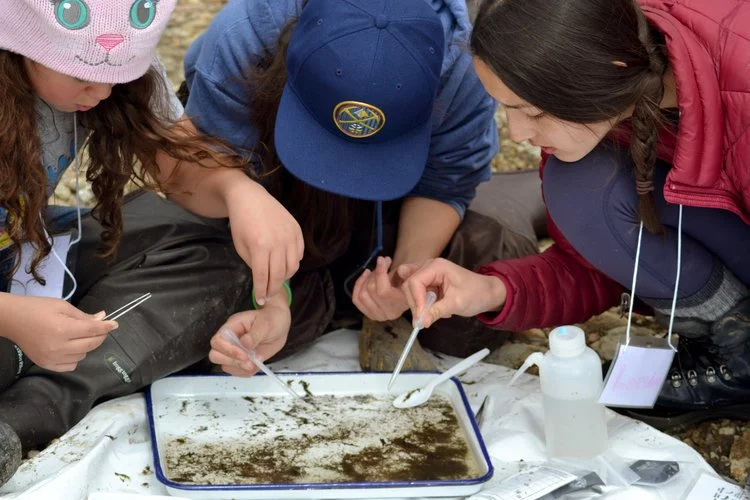Supreme Court Rolls Back Clean Water Act Protections
On May 25th, the US Supreme Court issued a ruling sharply curtailing Clean Water Act protections for wetlands that are vital to healthy and functioning watersheds. While not directly addressed, the decision also appears to put streams that don’t have year-round flow at risk of losing Clean Water Act protection as well.
Ruling in Sackett v. EPA, the court limited Clean Water Act protection for wetlands to those with a “continuous surface connection” to other “Waters of the United States,” which will remove federal protections for the majority of the nation’s wetlands. Earlier rulings had protected any wetlands with a “significant nexus” to Waters of the U.S., and for decades the Clean Water Act has covered wetlands that are “adjacent” to those waters. In the case in question, the court found that a landowner did not need a federal Clean Water Act permit to fill in a wetland lacking a “continuous surface connection” to a water body flowing into Idaho’s popular Priest Lake that provides important cutthroat trout habitat.
“We are disappointed with the Supreme Court’s ruling. The court has severely eroded a 50-year national commitment to clean water, and misses the obvious point that wetlands are often connected to streams through subsurface flows,” said Chris Wood, president and CEO of Trout Unlimited. “The ruling is a victory for muddy thinking, and directly compromises the stated purpose of the Clean Water Act—to make our rivers and streams more fishable, swimmable, and drinkable.”
The ruling is the latest in a decades-long debate over which streams, rivers, and wetlands should be protected by the Clean Water Act. In 2015, Trout Unlimited and our partners backed the Clean Water Rule, which was grounded in science and would have confirmed protections for small “ephemeral” and “intermittent” streams, headwaters, and wetlands. That rule was blocked by the courts, repealed by the Trump EPA, and briefly replaced with the Navigable Waters Protection Rule, which offered weaker protections for small streams. In findings published in a peer-reviewed journal, TU showed that half of all waters in the contiguous United States would have been unprotected under the weaker Navigable Waters Protection Rule. The loss of protection is especially worrisome in more arid western states, like Colorado, where many streams do not maintain flow year-round.
The EPA finalized a new rule in March, which reinstated Clean Water Act coverage for millions of miles of streams and millions of acres of wetlands.
Rather than clarifying matters, the Supreme Court ruling in Sackett will lead to more confusion and litigation in the coming years over the Clean Water Act, the revised Waters of the U.S. rule, and protections for wetlands and streams.
While the issues litigated in Sackett did not directly address the question of stream protection, the Supreme Court’s majority opinion proposed a test for what waters are covered under the Clean Water Act that could leave non-perennial streams unprotected. These ephemeral and intermittent streams have a major effect on the connected downstream perennial waters on which fish and people rely.
“Protecting water quality starts at the source, in our headwater and seasonal streams and the wetlands that sustain them,” said CTU Executive Director David Nickum. “It is just common sense that allowing degradation upstream will lead to problems downstream.”
Here in Colorado, the main concern in the aftermath of Sackett is not with traditional point-source discharges but with dredge and fill activities historically regulated under Clean Water Act Section 404. Colorado law has a more expansive definition of waters of the State that are restricted from having pollutants discharged without a permit; through its point-source pollutant permitting system, the Colorado Department of Public Health and the Environment works to keep water quality at levels that can support uses from drinking water supplies to sustaining aquatic life. Unfortunately, Colorado does not have a similar state permitting program for dredge and fill activities and instead has relied on federal permitting to protect water quality and watersheds. Post-Sackett leaves a major regulatory gap in handling projects that formerly would have operated under federal 404 permits.
With many waters of Colorado potentially losing their federal protection, the State must step forward to ensure that these “gap waters” are protected and that an appropriate state permitting program can backfill for the lost federal protections. Colorado TU looks forward to working with the Administration and with the General Assembly to advance a Colorado solution that can ensure the continued health of our watersheds even in the face of the Supreme Court’s Clean Water Act rollback.
STREAM Keepers at Walking Mountain in Avon, CO
On June 3rd, CTU joined Walking Mountain Science Center in hosting a STREAM Keepers program for over 15 participants. These fantastic families overcame rain and activity changes with smiles on their faces and curiosity to explore. We learned about macroinvertebrates and watershed ecosystems, we got to build a bug, and we even got to tie some flies! We even got to see some mayflies hatch out into adults!
Thank you to all the participants for coming out and being flexible and adaptable. Thank you also to our amazing volunteers Dave, Sherry, Mark, and Nick, and thank you, Patricia and Walking Mountain, for partnering with us for this incredible program! We can’t wait to come back!
STREAM Girls & STREAM Keepers Volunteer Opportunities
CTU has some awesome STREAM Keeper and STREAM Girl events and volunteer opportunities! We are needing fly tiers, fly casters, fly fishers, macroinvertebrate lovers, and helpful volunteers to support these kids, families, and STREAM programs! To sum it all up....WE NEED YOU!
Event Dates
STREAM Keepers
Date/Times/Locations:
6/03/23 - 10:30 am - 3:00 pm - Walking Mountain - Eagle Valley Outdoor Movement - 318 Walking Mountains Lane, Avon
6/28/23 - 10:00 am - 3:00 pm - Lincoln Hills Cares - 655 Pactolus Lake Rd, Black Hawk, CO 80422
8/1/23 - 9:30 am - 1:30 pm - The Nature Connection - Confluence Park in Delta: 531 Palmer St, Delta, CO 81416
8/1/23 - 9:30 am - 1:30 pm - The Nature Connection - Delta Fairgrounds, 403 Fair Grounds, Hotchkiss, CO 81419
STREAM Girls
Date/Time/Locations:
STREAM Girl 1.0 Dates and Locations
8/19/23 – Hubbard Cabin, Routt Co Road 18, Steamboat Springs, CO
9/9/2023 - Kassler Center & Waterton Canyon, 11338 Waterton Rd, Littleton, CO 80125
9/16/23 - CSU Environmental Learning Center, Natural Resources Building, #223, Fort Collins, CO 80523
STREAM Girl 2.0 Dates and Locations
9/10/23 – Lake Lehow, 11250 Waterton Rd., Littleton CO
STREAM Girl Day Camp Dates and Locations
7/25/23 - Cherry Creek State Park, 4201 S Parker Rd, Aurora, CO 80014
7/26/23 - Cherry Creek State Park, 4201 S Parker Rd, Aurora, CO 80014
7/27/23 - Cherry Creek State Park, 4201 S Parker Rd, Aurora, CO 80014
Event Description:
STREAM Keepers Description: Join Colorado Trout Unlimited, local Chapters, and local Organizations for STREAM Keepers. Kids and Families will participate in a variety of activities which might include, stream observation, sampling macroinvertebrates, tying flies, learning fly casting, and fishing at a local stream.
Volunteer Needs:
Fly tying
Fly Casting
Macroinvertebrates
Fly fishing
STREAM Girls 1.0 Description: Join Colorado Trout Unlimited and Girls Scouts of Colorado for STREAM Girls and learn about your local watershed! This full day program intended for girls from 4th – 8th grades, empowers girls to explore a local stream, collect flow data, sample macroinvertebrates, tie flies, and learn fly casting. Sign up as an individual or a whole troop and if you aren't a Girl Scout no worries -- you can join in the fun too. Please note STREAM Girls 1.0 does not include fly fishing due to our limited time, that comes in STREAM Girls 2.0.
Volunteer Needs:
7:30 am - 5:00 pm:
Event Leader Volunteer (2 needed)
7:30 am - 12:00 pm:
STREAM Walk & Macroinvertebrate Volunteer (4 needed)
STREAM Walk & Go With The Flow Volunteer (4 needed)
Photographer (1 needed)
12:00 pm - 5:00 pm:
Fly Tying & Stream Scavenger Hunt (4 needed)
Fly Casting & Stream Scavenger Hunt (4 needed)
Photographer (1 needed)
STREAM Girls 2.0 Description: This half-day program, intended for girl’s 5th grade or older, empowers novice anglers to build upon their already learned casting skills and grow into confident anglers and river conservationists. It is highly recommended that you have already taken STREAM Girls 1.0 before enrolling in this event.
Volunteer Needs:
10:00 am - 2:00 pm
Event Leader Volunteer (2 needed)
Support Volunteer - Knots, Fly Casting, & Fly Fishing (8 needed)
Photographer (2 needed)
STREAM Girls Day Camp Description: We will be offering STREAM programming for Girl Scout Day Camp at Cherry Creek State Park this summer! Join us as we teach 50 Girl Scout campers about river conservation and explore the Cherry Creek watershed!
Volunteer Needs:
9:30 am - 12:00 pm
Event Leader Volunteer (2 needed)
Support Volunteer (4 - 10 needed)
Photographer (2 needed)
Volunteer capacity for each event is limited. Please be sure to register ASAP, if you are interested in supporting these impactful events. Thank you to those of you who have already signed up!
For more information, contact Natalie Flowers at natalie.flowers@tu.org
Restore Our Water: The Colorado River
Restore Our Water: The Colorado River - a Discussion at the Denver Yeti Store June 7th, 2023
With the concerning headlines about the future of the Colorado River, many are left with the question, "Is there anything we can do about it?"
Learn from a panel of experts, guides, and outdoors recreationalists about what you can do to restore our water at an informal event hosted by Trout Unlimited and Yeti on June 7th from 5pm to 7pm.
Panelists will lend their experiences and expertise to demonstrate the different perspectives around the Basin and Trout Unlimited will talk about the 100+ conservation projects totaling over $62 million in federal funding they are overseeing across the region.
The Denver Yeti store is located at 3030 E 2nd Ave Suite 101, Denver, CO 80206
Panelists include:
Dr. Len Necefer - Founder/CEO of Natives Outdoors
Erica Nelson - Host of the Awkward Angler Podcast, Guide, and Co-Founder of REAL Consulting
Erin Crider - Founder of Uncharted Outdoorswomen
Phil Walczynski - Owner/President of Down River Equipment
Dr. Sara Porterfield - Western Water Policy Advisor for Trout Unlimited
RSVPs are required and attendees will receive a custom Yeti Yonder water bottle courtesy of Trout Unlimited!
May 2023 Currents
THIS MONTH’S ISSUE OF CURRENTS FEATURES Troutfest Colorado, Stream Restoration Bill Passes, TIC Releases, and more!
CPW Seeks Public Comment on State Wildlife Areas
Over the last several years State Wildlife Area (SWA) use has dramatically increased, causing a corresponding rise in negative impacts on fish and wildlife and related recreation.
Colorado Parks and Wildlife (CPW) staff including Area Wildlife Managers began analyzing what negative impacts were occurring and coming up with ideas and solutions to these problems. SWAs are areas purchased with money from the sale of hunting and fishing licenses and equipment. The primary focus for SWAs is to conserve fish and wildlife and their habitat. A secondary benefit is providing areas for wildlife-related recreation (hunting, fishing, and wildlife watching). When not in conflict with the prior purposes, SWAs can also provide opportunities for other forms of recreation.
As use has intensified, CPW is looking at how it may need to adjust management of specific properties and of SWAs in general to ensure that their primary and secondary purposes are not harmed by other types of recreation. New proposed rules are currently out for public comment through May 24th. You can review the proposals and offer your comments on general SWA regulation by clicking here. You can review and comment on proposals specific to individual SWAs – which may be either more restrictive or more permissive than statewide default regulations – by clicking here.
If you are a regular user of SWAs, please take a moment to share your thoughts and speak up for sound and balanced fish and wildlife conservation on these important properties. Thank you!
Trout in the Classroom Trout Releases!
Spring is here and with it comes Trout in the Classroom release events!
So far 23 sites have released 1000 rainbow trout into Colorado waters. We have 20 more release events to go! Below is a short video of the fun we are having!
Click here for more information about the Trout in the Classroom (TIC) program in Colorado and if you would like to help fund and support a TIC tank/program, please contact Natalie Flowers at natalie.flowers@tu.org
Watered-Down Version of Stream Restoration Bill Passes
First, the good news: the Colorado General Assembly passed Colorado TU’s top priority bill for 2023, SB23-270, “Projects to Restore Natural Stream Systems”. The not-so-good news: the bill was significantly weakened from the version introduced before it was passed. The net result is a positive step forward, but one that doesn’t yet address some critical issues for river restoration projects and potential water rights administration.
Healthy rivers and watersheds provide broad-based benefits to all Coloradans – providing habitat for fish and wildlife; supporting our State’s robust recreation economy; improving wildfire resilience, drought mitigation, and flood safety; and promoting water quality for all those who rely on it from fish to farms to cities and towns statewide. But over the last 200 years, more than half of Colorado’s 105,000 stream miles and river corridors have been significantly degraded.
As introduced, SB23-270 would have clarified where stream restoration could occur without water right enforcement actions. Minor restoration projects such as bank stabilization, channel narrowing, or emergency post-fire recovery work would not face water rights administration, while larger projects to restore stream, floodplain, and watershed health – such as beaver dam analogs, fish barriers for native species recovery, and floodplain reconnection efforts – would have been given a rebuttable presumption of not causing injury to downstream water uses so long as they did not expand water surface area along a given river by more than a specified amount. The bill would have provided a solution to the lack of clarity and consistency across the state on how stream restoration may impact water rights and hence may or may not need administration. With the bipartisan infrastructure law offering significant federal funding in the coming years, it also would have positioned Colorado for a once-in-a-generation opportunity to support watershed and river health through those federal dollars.
Ultimately, legislators were uncomfortable advancing the complete package of SB23-270 and instead narrowed its scope substantially. The bill passed by the General Assembly and sent to Gov. Polis will address the minor stream restoration projects and those that have taken place or received their permits before August 1 of this summer. That is a positive and important step but leaves the question of how to enable future restoration projects in 2024 and beyond.
Colorado TU looks forward to working with legislators in the coming months to tackle that remaining need with legislation for 2024. Among the projects that we hope can be accommodated are “process-based” restoration efforts such as beaver dam analogs that help improve riparian health and sustain water tables and thus stream flows. We additionally would like to see fish barriers – used to isolate native fish restoration areas from downstream populations of non-native fish – and replanting of native willows and cottonwoods incorporated as restoration activities that presumably should not trigger water rights administration.
Aspen Journalism has an excellent story outlining the issues surrounding SB23-270, which you can read here.
A big thanks to the TU volunteers who reached out to their State Senators in support of this bill. We made one crucial first step with this bill as passed – and Colorado TU remains committed to fishing the job with further legislation in 2024.
Colorado Snowpack Update
Good news for much of THE Western Slope; not so good for THE central mountains and east slope
After last year’s low flows and elevated stream temperatures – levels that led Colorado Parks and Wildlife to issue fishing closures on multiple western Colorado rivers – an improved 2022-23 snowpack is welcome news for water users and Colorado’s trout. As we enter runoff, the water forecast is very promising for western Colorado – especially southwestern Colorado in the Gunnison, Dolores, and San Juan drainages. The Natural Resources Conservation Service’s end-of-April reports on snowpack by basin show snow water equivalent well above the 30-year median for western slope basins from the Yampa through the San Juan. Eastern slope drainages are lagging by comparison – the North Platte and Rio Grande are still solidly above the median, the South Platte right around the median, and the Arkansas sitting at 84%. While most Colorado mountains enjoyed solid snow years, the central to southern Front Range mountains and the Sangre de Cristos had below average snowpack, pushing the snow-water equivalent numbers down in the South Platte and especially the Arkansas in comparison to the strong west-slope numbers. Central mountain west slope drainages also trailed other Colorado basin watersheds with strong snow years; the Blue and Eagle Rivers ended April at 83% and 88% of historical averages, respectively.
While the overall snowpack figures offer some optimism, April was dry statewide with all basins reporting below average precipitation for the month – from as low as 58% of median precipitation in the Rio Grande to a high of 83% in the Gunnison. Depending on how summer conditions develop, including the presence or absence of strong monsoons, we will wait and see whether the winter’s strong snowpack is the beginning of lasting relief from drought or only a brief respite.
You can read the full NRCS month-end report for April, including more detailed breakdowns by each basin, online at https://www.wcc.nrcs.usda.gov/ftpref/support/states/CO/BORCO/borco523.pdf.













